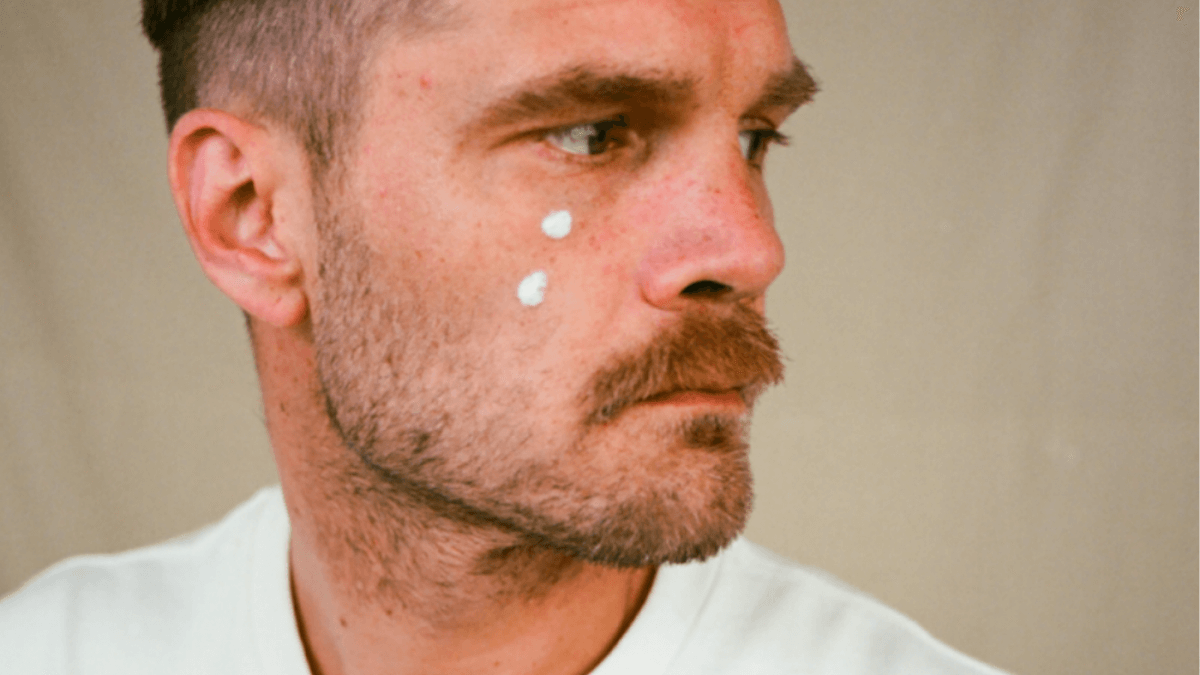As a primary care provider, nurse practitioner or PA, are you interested in learning more about how you can have skin concerns in your practice co-managed with an 'on-demand' dermatologist? Learn more here.
If you are a patient seeking a first or second opinion from a dermatologist on a spot mole or rash of concern, you can access a dermatologist via your local primary care provider or urgent care clinic. Find our list of partner locations here.
1. Stick with the four S's - Sunhat, Sun shirt, Sunglasses & Shade
So how do these four things go such a long way in preventing a bad sunburn? The best defense has several star players, and your summer sun protection team is no different. Alone, they make strides toward preventing sunburn, but together, they are an unstoppable force!
The first line of defense starts at the top. A sunhat is a great way to protect your skin while also looking fashionable. A sunhat is the key to keeping cool while looking cool, as well as providing vital protection to your face and neck, two parts of your body that are often exposed to harmful sun rays and ultimately are large areas where you are susceptible to skin cancer. Look for a hat with tightly woven material and a brim that is at least three inches wide to best protect your face and neck from those UV rays. But your sunhat doesn’t work best alone! Your next line of defense is your sunglasses. They will pair well with the hat, we promise, so don’t forget that your eyes need protection from the sun’s rays as well!
The third ‘S’ and your third line of defense on this star team doubles as another way to show off your style while doing your current and future skin a favor. Find a UPF protective fishing shirt or sun shirt in any of the fun and colorful varieties on the market—we guarantee there will be one that fits your style and personality and goes great with your sunhat and sunglasses! But don’t forget—anytime you don’t need to be in the sun, find some shade to relax under to keep yourself best protected from those sunburn-causing rays. Shade is the last and final member of your defense, and it will always provide you with a rock-solid shutout.
2. Reapply your SPF when outdoors
Using sunscreen is one of the most proven ways to help protect your skin when outdoors. That's because the active ingredients help to protect the skin from damaging UVA and UVB rays. If you work indoors, applying once every morning is plenty. However, summer rays are different, and there is an incredible difference between a first application and the impact that comes from reapplication.
As a dermatologist, I often focus on getting in your daily SPF. But on days when you're outdoors for two or more hours, reapplication of sunscreen is critical, even if your sunscreen is waterproof. Seventy percent of people just apply SPF to their face - but in reality, you need to reapply all over. Any type of sunscreen naturally breaks down on your skin over time when it is exposed to sunlight. Be sure to stay mindful of reapplying while you are enjoying the day outside, especially if you are not able to take breaks in the shade or layer with the other sun-protective measures we discussed in the Four S’s. Keep your sunscreen nearby throughout the day, and even set an alarm on your phone if you’re afraid you’ll forget. A sunburn on your face isn’t the look you are going for as you head into summer, and the five minutes it takes to reapply will help keep your skin looking younger and healthier for years to come.
3. Make sure your sunscreen has not expired
It's easy to keep sunscreen in the car - but storing a bottle in hot or humid areas will break down many of the ingredients that are helping to protect your skin in the first place. While the FDA does require sunscreen to not expire for at least three years, direct sunlight or excessive heat can make your sunscreen ineffective sooner than its three-year expiration mark. Try to keep your sunscreen in the shade or cover it with a towel or bag to keep it out of direct sunlight. Some sunscreens do have expiration dates, so be on the lookout for when it might be ready to expire. If it doesn’t have an expiration date, write the date of purchase on the bottle and throw it away at the three-year mark. If your sunscreen ever has a changed color, watery consistency, unusual odor, or a clumpy texture, it’s probably a sign that you’re ready for a fresh bottle. You want the highest quality protection for your skin year-round, so don’t waste your time rubbing on sunscreen that is past its prime.
If you are using sunscreen properly (wearing it every day, reapplying every two hours when outdoors, using on the sun-exposed areas of your body) you are likely using up your bottle long before its three years is up. However, it's always good to be reminded not to leave your sunscreen in your car, out in the sun, or in a drawer where you might forget about it for a year —or two.
With quality, fresh sunscreen on hand, a great-looking sunhat, sun shirt, and sunglasses in your closet, and a religious re-application of SPF while outdoors, you will be well-equipped to ward off any sunburn woes. Enjoy your day in the sun—you’re ready for it.




